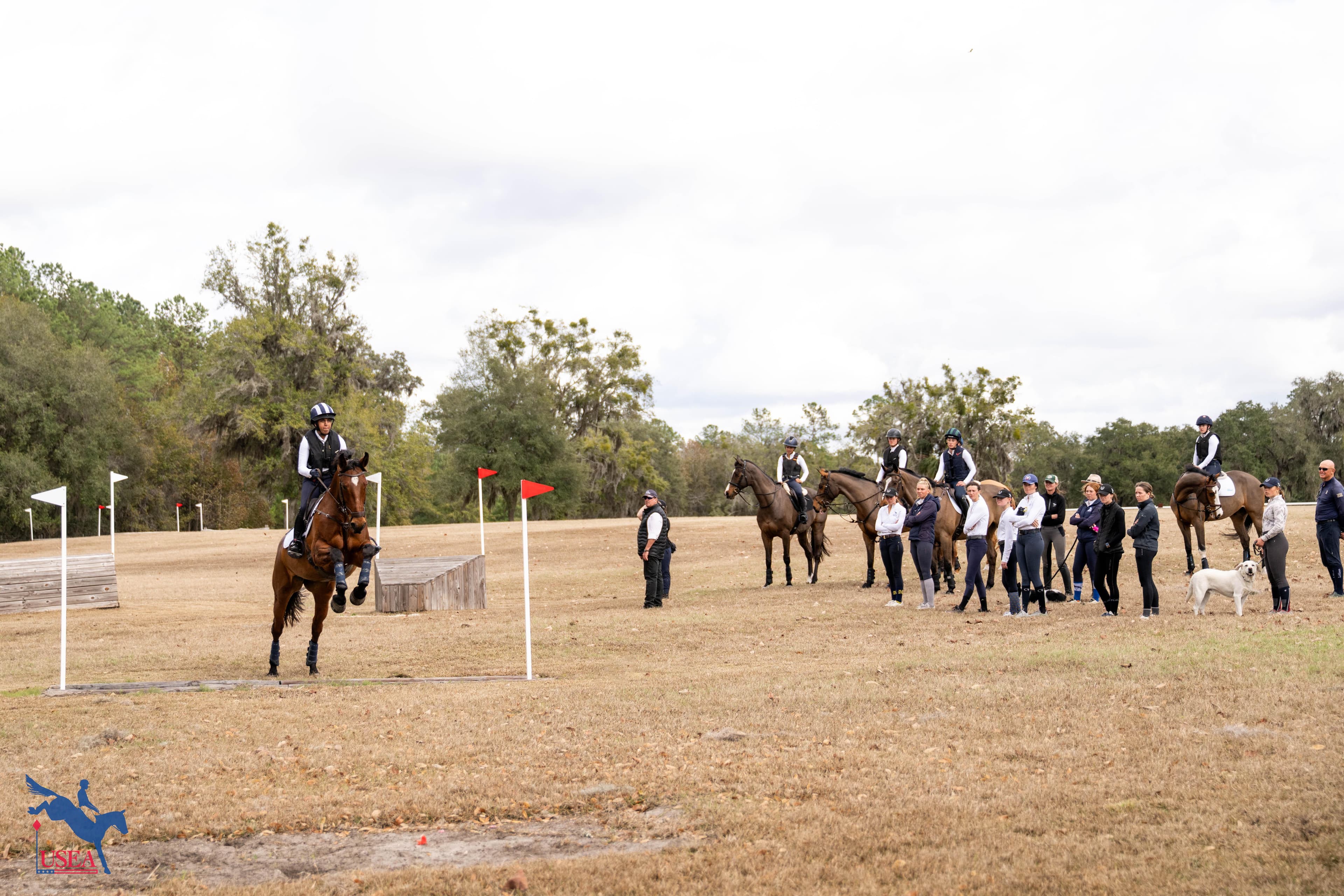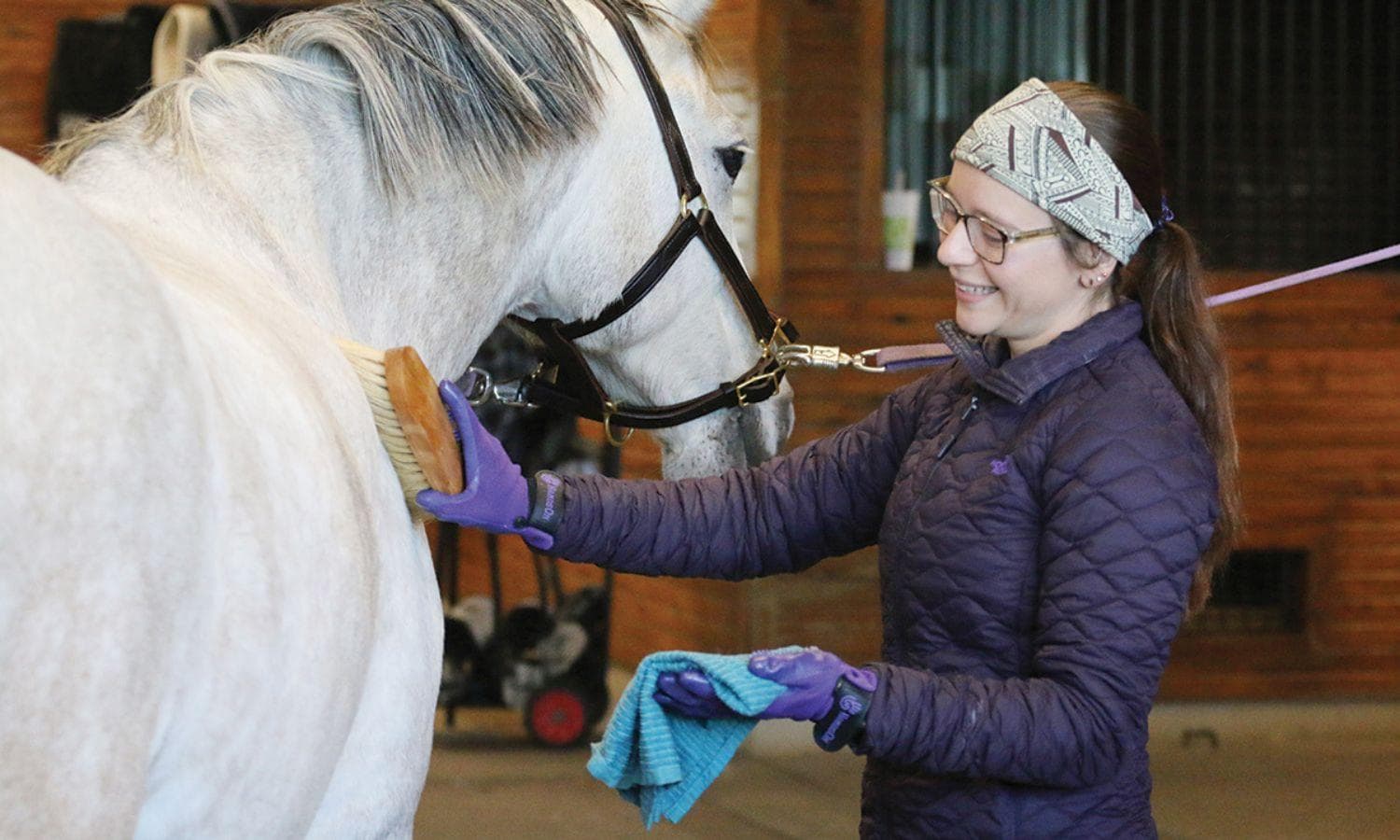Tamie Smith's Two Trainings Staples When Bringing Along a Young Horse
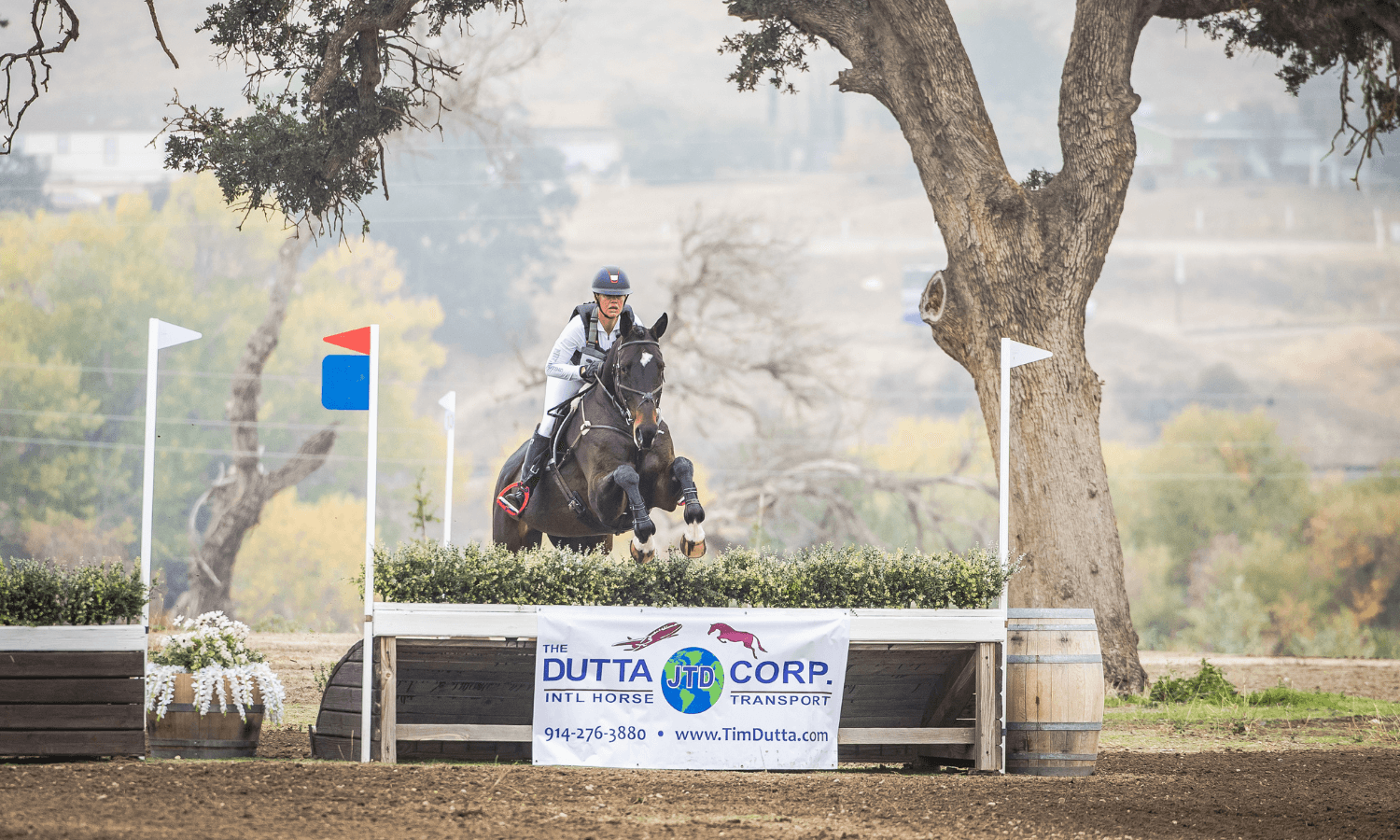
Training would look like a conveyor belt if there was a cookie-cutter approach to developing young horses, but Tamie Smith reminds us that tailoring everything from groundwork to exercise is a case study of the individual horse. However, there are two ideals to keep in mind that can meld together and serve as a solid foundation on the way to achieving certain standards. For Smith, those standards focus on confidence, harmony, and mutual understanding between horse and rider—a premise that her training business Next Level Eventing stems from.
Firstly, Smith wholeheartedly believes in the USEA Young Event Horse (YEH) program. “It’s a huge benefit to helping the horses learn how to compete without the pressure of competing,” said Smith. “I’ve had a lot of horses go up the levels throughout their careers, and they’ve started as 4-year-olds in the YEH program.” And that logic—of going to competitions without the pressure of competing—is a lasting one that can, and should, follow a young horse as they begin their career. Which is not-so-coincidentally Smith’s second ideal for young horses: traveling.
“Taking those young horses to competitions and getting them to learn how to travel without having to put a lot of pressure on them—that, to me, is a huge benefit,” said Smith. When she loads up an older, more mature competition horse for an event, she’ll almost always bring a young horse or two for exposure’s sake. Paying a non-compete fee and riding them in the warm-up arena is an invaluable experience for all young horses. And it’s those miles on the road that are equally, if not more important, than those miles in the saddle.
Smith’s training philosophy with moving young horses up a level isn’t what you’d expect from a top-level rider. When a young horse is confident and consistent, it might make sense to take that success and move them up but Smith meets that eagerness with practicality and sensibility and makes a decision always with their competitive longevity in mind.
“I’m a really firm believer in not competing a 4-year-old that much. I know it’s my own personal belief, but I tend to not go above Novice on a 4-year-old,” said Smith. “I’ve had horses that are 5-year-olds and weren’t able to go to the YEH Championships because they just weren’t mature enough.” Keeping a horse at a certain level is important to Smith, and even when everything goes right and the horse proves their readiness, Smith still questions moving up.
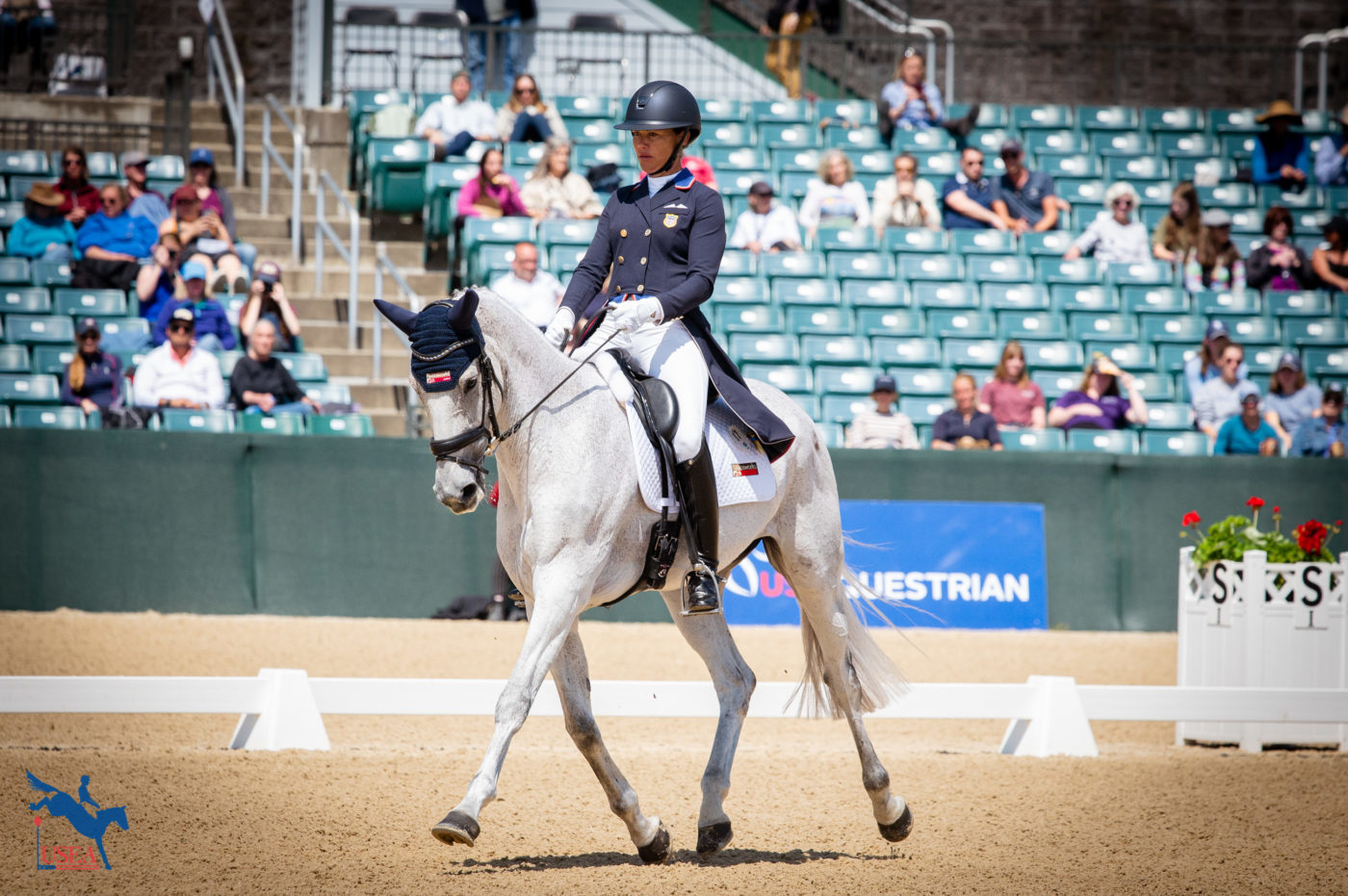
Fleeceworks Royal (Riverman x Marisol) “Rory” is a perfect example of this. “She was acting cocky at the [Land Rover Kentucky Three-Day Event CCI5*] this year, and she’s 13,” said Smith. The now 13-year-old Holsteiner mare, owned by Judith McSwain, came to Smith as a 3-year-old and everything seemed to come extremely easy to her from the beginning. “She was confident, almost overly confident,” said Smith. “She’s one of the few that I would’ve felt was really strong and ready to go take on the challenge of going over to the 7-year-old [FEI Eventing World Breeding]Championships—where she got the [Holekamp/Turner YEH Lion d’Angers] grant to go do that—and she did, and she was amazing. There was never a moment within her training that I ever felt like something was too hard for her, but it was very nerve-racking because of that.” On the flip side, Smith has a horse now— Juliane Guariglia's 6-year-old Irish Sport Horse gelding Crafty Don (Tolan R x Diamond Breaker)—who has prompted different training questions.
“We got [him] as a 4-year-old, did some Young Event Horse stuff as a 5-year-old and now he’s 6. He came out at the beginning of the year with Preliminary, easy peasy. He has a beautiful record,” said Smith. “And then I took him to Rebecca Farm and he went to do his first [CCI2*-L] and I got eliminated in show jumping.” Seeing an “E” next to Tamie Smith’s entry isn’t common, but like training nature goes, young horses sometimes have urgent questions at inopportune times and Smith admitted that it’s all part of producing them. "He got very overwhelmed,” said Smith. “And now we’re taking a step back.” It’s a refreshing reminder that steps back are necessary and beneficial to the development of a competitor, not a sign of failure. The real takeaway from a disappointing result is knowing your mount better than you did when you first arrived. For Smith, this meant having Crafty Don scoped for ulcers and giving him some time off, and when he’s ready, bringing him to some showjumping shows to begin building where things fell apart.
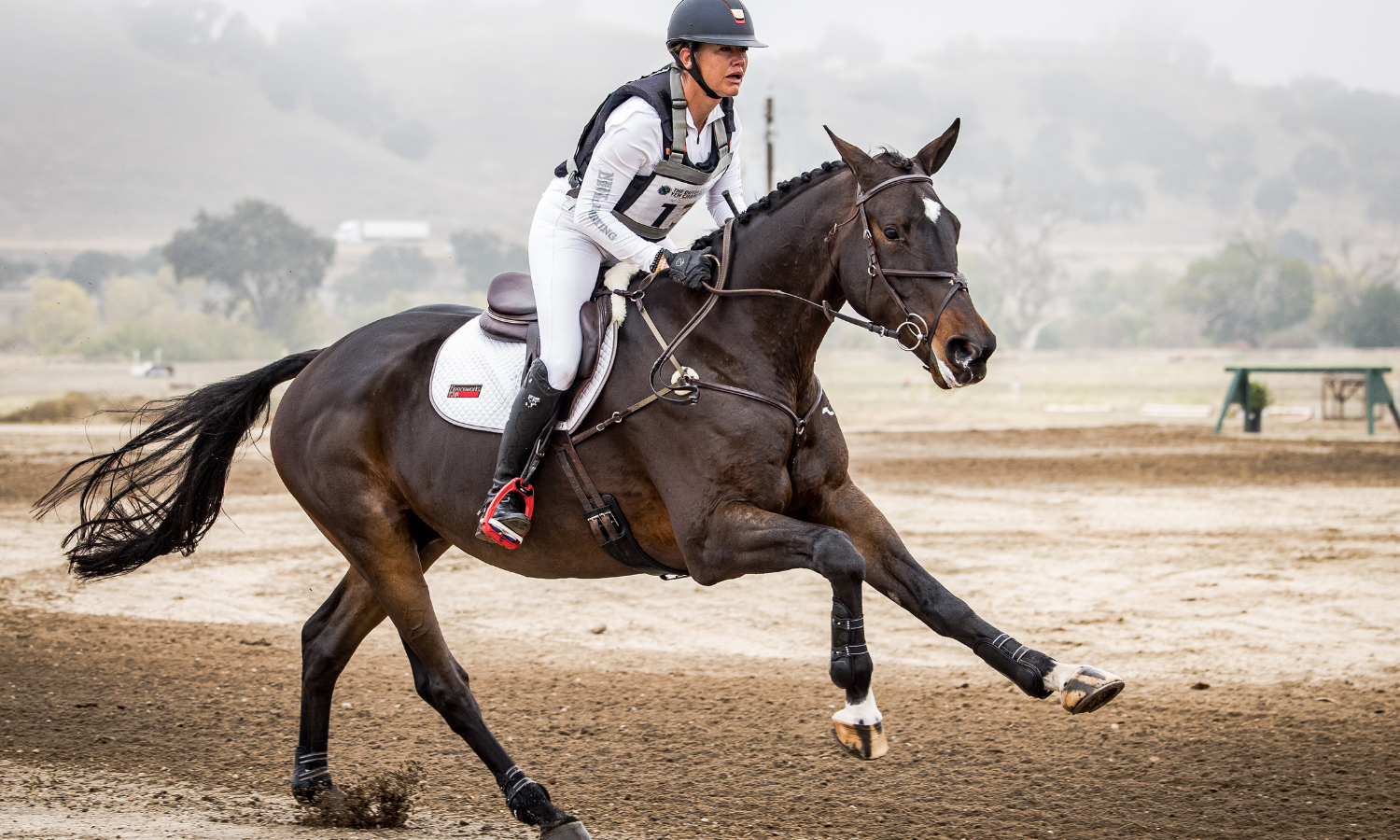
It’s safe to say that Smith has developed herself as a trainer and horsewoman alongside developing young horses over her many years in the industry. She has a keen eye for personality traits that directly correlate to performance habits, and she doesn’t shy away from paying close attention to them, even under immense pressures. Her humble approach and dedication to correct training are true testaments to the eventing mission—horse first, sport second. And Smith’s perspective gained even more insight after a personal injury earlier this year when she was simply walking a horse. One fractured ankle and three torn ligaments later, Smith claimed the whole experience of physical therapy and rehabilitation to be “eye-opening” when she related her journey to that of her horses.
“What’s interesting is when you do have a ligament injury, the ligaments contract and become less flexible almost immediately, and so actually that’s what creates the unsoundness,” said Smith, who had an ah-ha moment in realizing that most horse owners get this backward. Her recent loyalty to physical therapy has offered her a new understanding of what her athletes go through when an injury occurs, and it also offered a realization that she hopes will sweep the sport of eventing: that people need self-care and maintenance, too. “I do really have a strong belief in making sure you’re physically strong and cardiovascularly fit…but also, the biomechanics of a rider can really influence how the horse goes.”
There was a steady clip-clop, clip-clop of hooves paired with Smith’s stories. Moments before Ruth Bley's 13-year-old Hanoverian gelding Danito (Dancier x Wie Musik) joined her on a paved path, Smith was calling to him, pleading with him to stop galloping around his pasture and stirring up trouble with pasture mates after a loose horse took a sail around the farm. Patience and a sense of humor are of course learned assets to always keep in your back pocket, along with a carrot or two for a loose horse.

